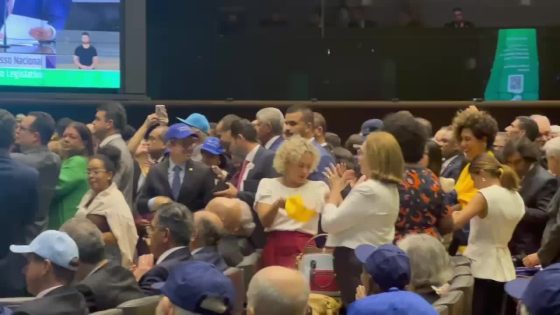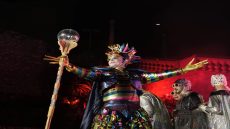On February 4, 2025, the political landscape in Brazil heated up with the emergence of the ‘Batalha dos Bonés’ or ‘Battle of the Caps.’ This ongoing dispute between President Lula’s government and opposition parties has captured public attention. But what sparked this unusual political showdown?
- Lula posts with hat after Congress clash
- "Brazil belongs to Brazilians" video shared
- PL deputies wear hats in response
- Understanding the "hat war" in Congress
- Government and opposition clash intensifies
Understanding the ‘Battle of the Caps’ and Its Political Implications
What does a cap have to do with politics? The recent ‘Battle of the Caps’ highlights the ongoing tensions in Brazilian politics. Following a contentious session in Congress, President Lula shared a photo wearing a cap, a gesture aimed at rallying support among his allies. This playful act has ignited a series of responses from opposition members, who also donned caps to express their dissent. How will this unique form of political expression shape the future?
Political Symbolism: The Role of Caps in Brazilian Politics
The caps worn by politicians are more than just fashion statements; they symbolize allegiance and opposition. Here’s how this playful rivalry unfolds:
- President Lula’s supporters wear caps to show unity.
- Opposition members respond with their own caps, signaling resistance.
- This visual conflict has become a talking point in media and public discourse.
- It reflects deeper ideological divides in Brazilian society.
The Impact of the ‘Battle of the Caps’ on Public Sentiment
This ongoing cap controversy is not merely a lighthearted exchange; it has significant implications for public sentiment. As citizens observe their leaders engaging in this playful rivalry, it raises questions about the seriousness of political discourse. Will this trend encourage more engagement from the public, or will it trivialize important issues? The answer could shape the political landscape in Brazil.
Future Prospects: Will the ‘Battle of the Caps’ Influence Elections?
As the ‘Battle of the Caps’ continues, its impact on future elections remains uncertain. Political analysts suggest that this unique form of expression could sway undecided voters. By using humor and symbolism, politicians may connect with the electorate in ways traditional campaigns cannot. Will this strategy prove effective in the long run?
In conclusion, the ‘Battle of the Caps’ illustrates how political dynamics can shift through unexpected means. As Brazil’s leaders navigate their differences, the public’s reaction will be crucial in determining the outcome of this playful yet significant political conflict.
































